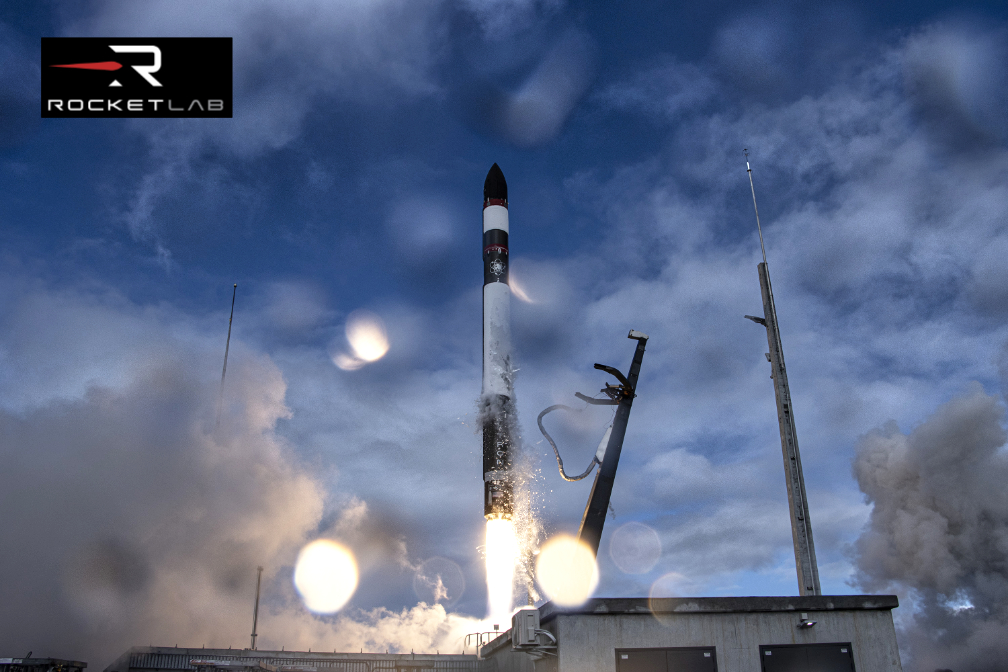
Rocket Lab USA, Inc. (Nasdaq: RKLB) has successfully deployed a second Synthetic Aperture Radar (SAR) satellite to orbit for data and solutions provider Synspective, bringing the total number of satellites deployed by Rocket Lab to 110. — ‘The Owl’s Night Continues” mission is Rocket Lab’s 24th Electron launch.
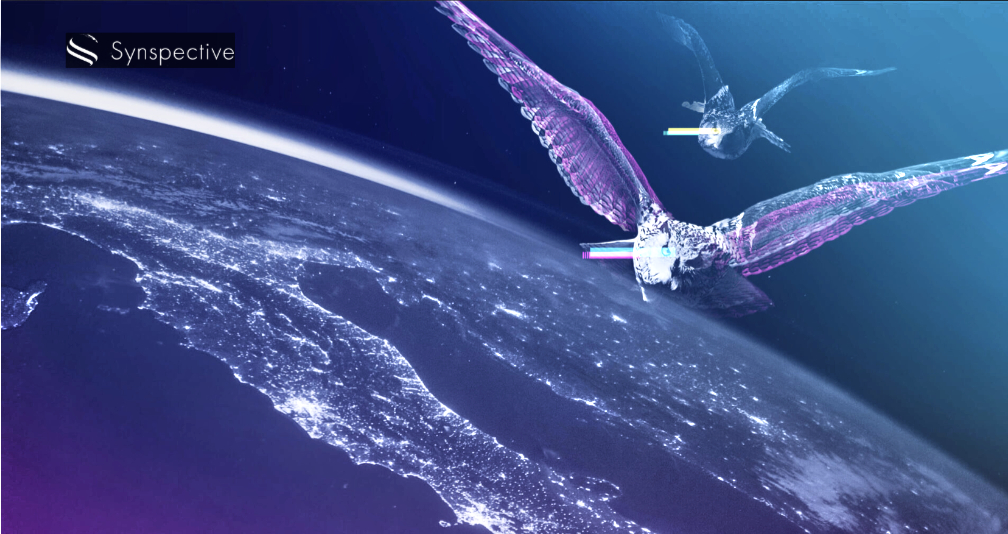
“The Owl’s Night Continues” mission was the first to launch from Rocket Lab’s second pad at Launch Complex 1, Pad B, on New Zealand’s Mahia Peninsula. Following lift-off at 20:37 UTC, February 28, 2022, Electron successfully delivered the StriX-β satellite, growing Synspective’s SAR constellation. The planned constellation of 30 satellites is designed to deliver imagery that can detect millimeter-level changes to the Earth’s surface from space, independent of weather conditions on Earth and at any time of the day or night.
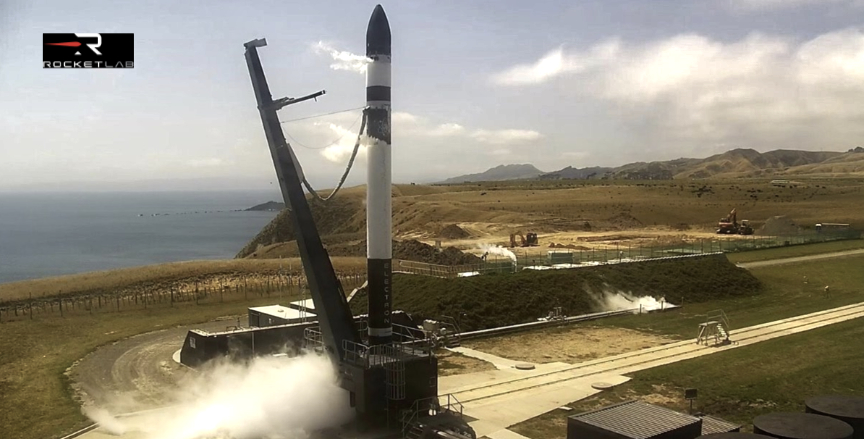
“The Owl’s Night Continues” follows on from Rocket Lab’s first launch for Synspective in December 2020, called “The Owl’s Night Begins.” This mission was the first mission as part of a three-launch contract signed with Synspective in late 2021. Rocket Lab is scheduled to launch another Synspective mission in 2022 and the third in 2023.
The mission was the first to employ the new Pad B launch pad at Launch Complex 1, which is the company’s third pad globally. By operating two pads at Launch Complex 1, Rocket Lab can eliminate pad recycle time between missions to support more frequent and responsive launch capabilities.
Rocket Lab founder and CEO, Peter Beck, said “Congratulations to the team at Synspective for the successful deployment of the second satellite in their constellation. We are proud to continue our partnership with Synspective and to have provided flexibility around launch timing. We look forward to our upcoming missions with Synspective as they grow their SAR constellation.”
Synspective founder and CEO, Dr. Motoyuki Arai, said, “We thank both Rocket Lab and Synspective members for their diligence and teamwork to successfully put StriX-β into orbit promptly despite unforeseen circumstances and challenges due to the ongoing pandemic. With the successful insertion of our second SAR satellite, we will be able to improve our technology for operating multiple satellites and strengthen our data services. With this achievement, we will accelerate the expansion of a thirty SAR satellite constellation and enhance our data analysis technology to realize a “learning world” for a sustainable future.”
Details about Rocket Lab’s next planned launch will be announced shortly.

Additionally, Rocket Lab has officially selected Wallops Island, Virginia as the location for their first launch site and manufacturing and operations complex for Neutron, the company’s new 8-ton reusable rocket.
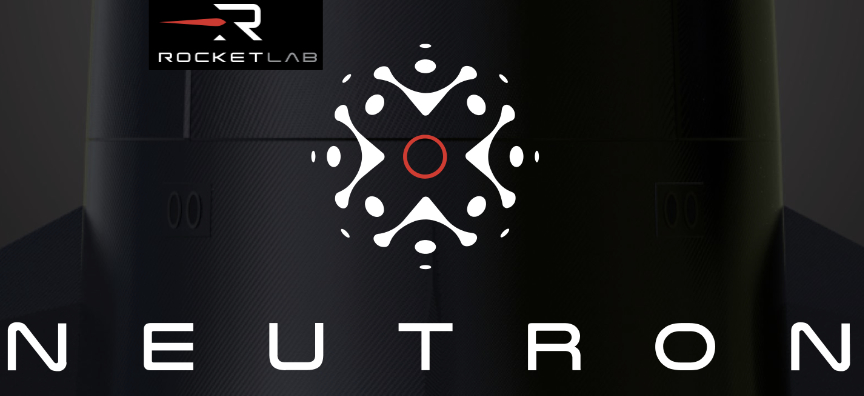
Some key points : The Neutron Production Complex and Neutron’s first launch pad will be located within the NASA Wallops Flight Facility and Mid-Atlantic Regional Spaceport. The complex will be home to a rocket production, assembly, and integration facility, as well as a dedicated launch pad for the Neutron rocket located on the southern end of Wallops Island.
Rocket Lab’s Neutron Production Complex is expected to create as many as 250 jobs in Virginia.
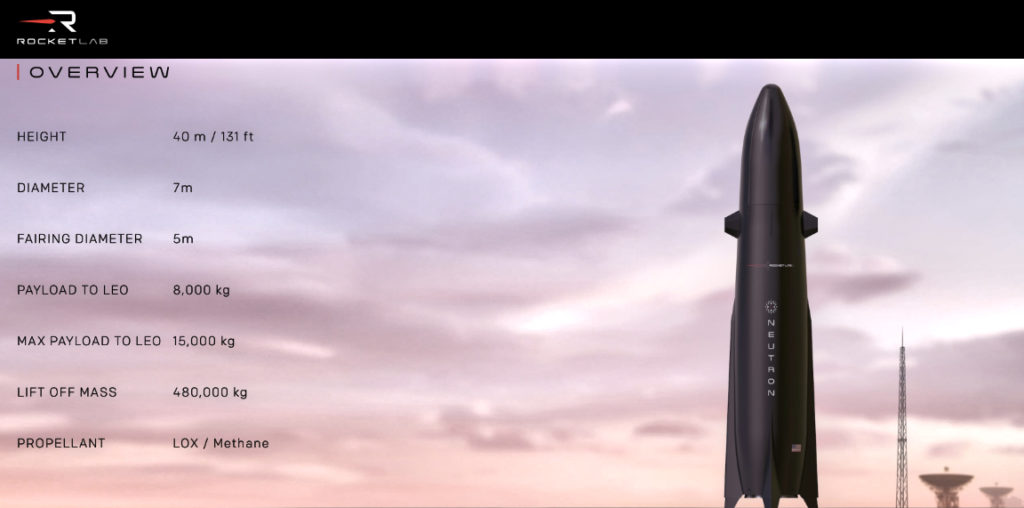
The manufacturing complex will be located within proximity of Rocket Lab Launch Complex 2, the Company’s launch site for the Electron launch vehicle, the second most frequently launched U.S. rocket annually since 2019.
Rocket Lab selected Virginia as the location of its Neutron expansion on the strength of the proposal from the Commonwealth of Virginia, which includes $30 million set aside for infrastructure and operational systems improvements to the Mid-Atlantic Regional Spaceport where the Neutron launch site will be located, along with $15 million from the MEI Project Approval Commission in site improvements and building construction in support of Neutron.
Rocket Lab expects to begin construction on the Neutron Production Complex in Virginia shortly, and further Neutron expansion will continue throughout the United States as the program develops toward first launch.
Commercial and government interest in Neutron is strong and includes a recent $24 million development contract granted by the U.S. Space Force’s Space Systems Commands (SSC) in support of Neutron’s capability to aid national security and defense missions ranging from scientific and experimental satellites to the largest and most critical national security payloads.
